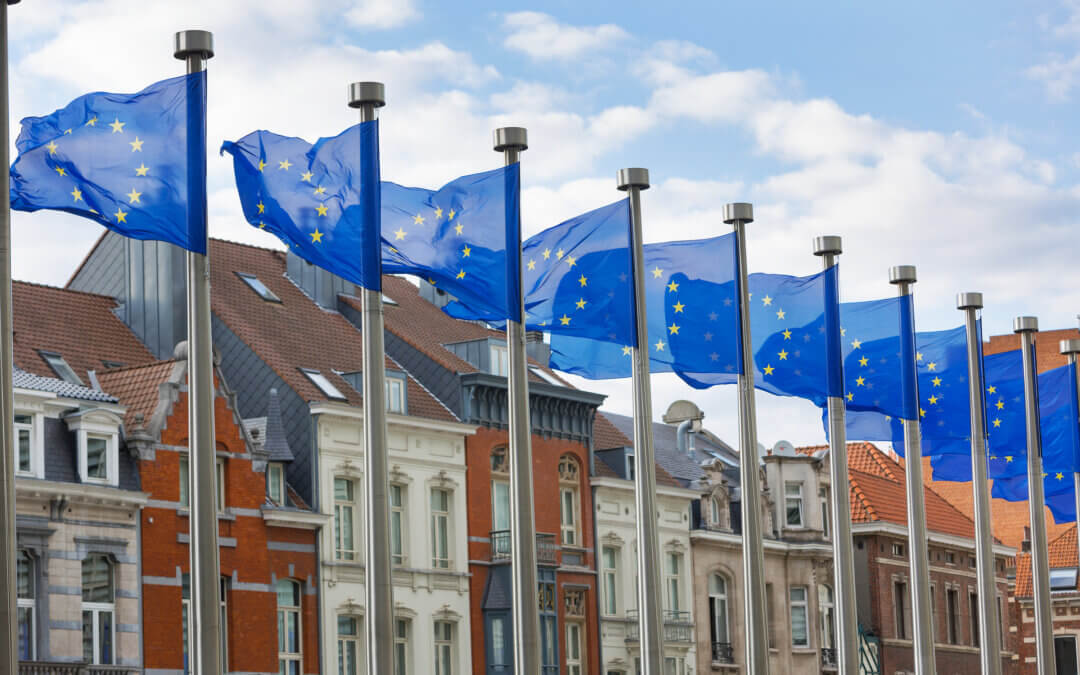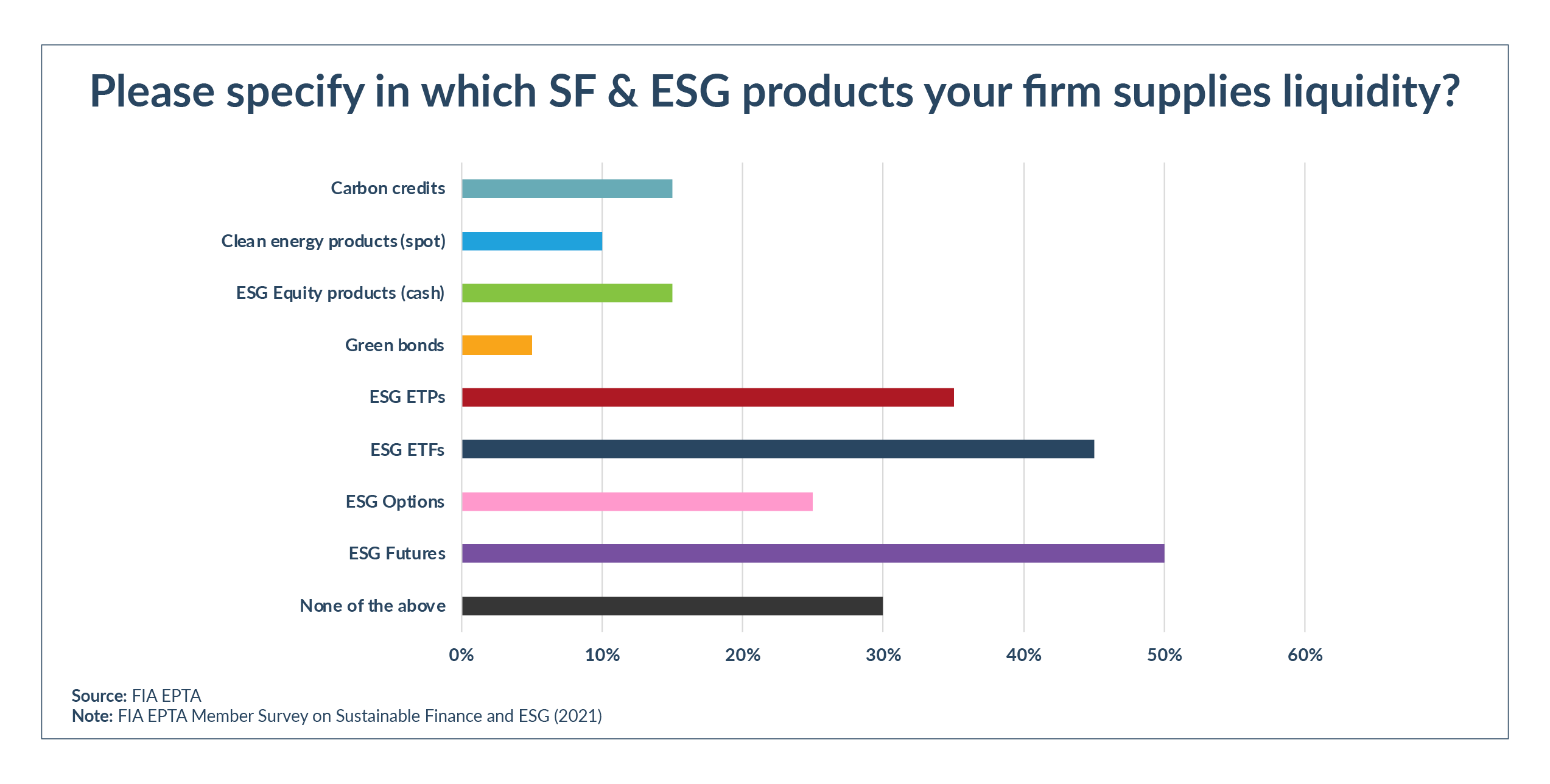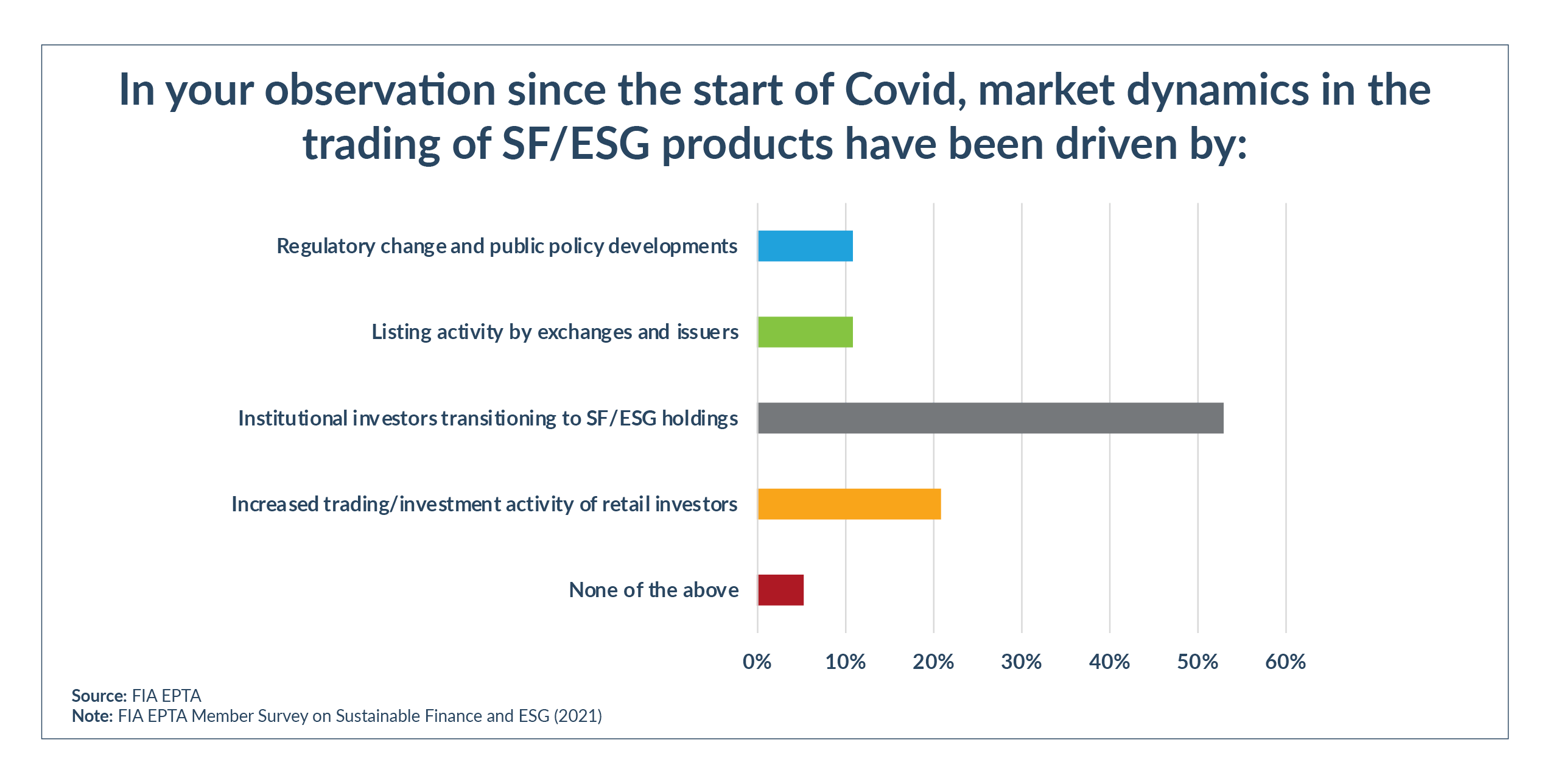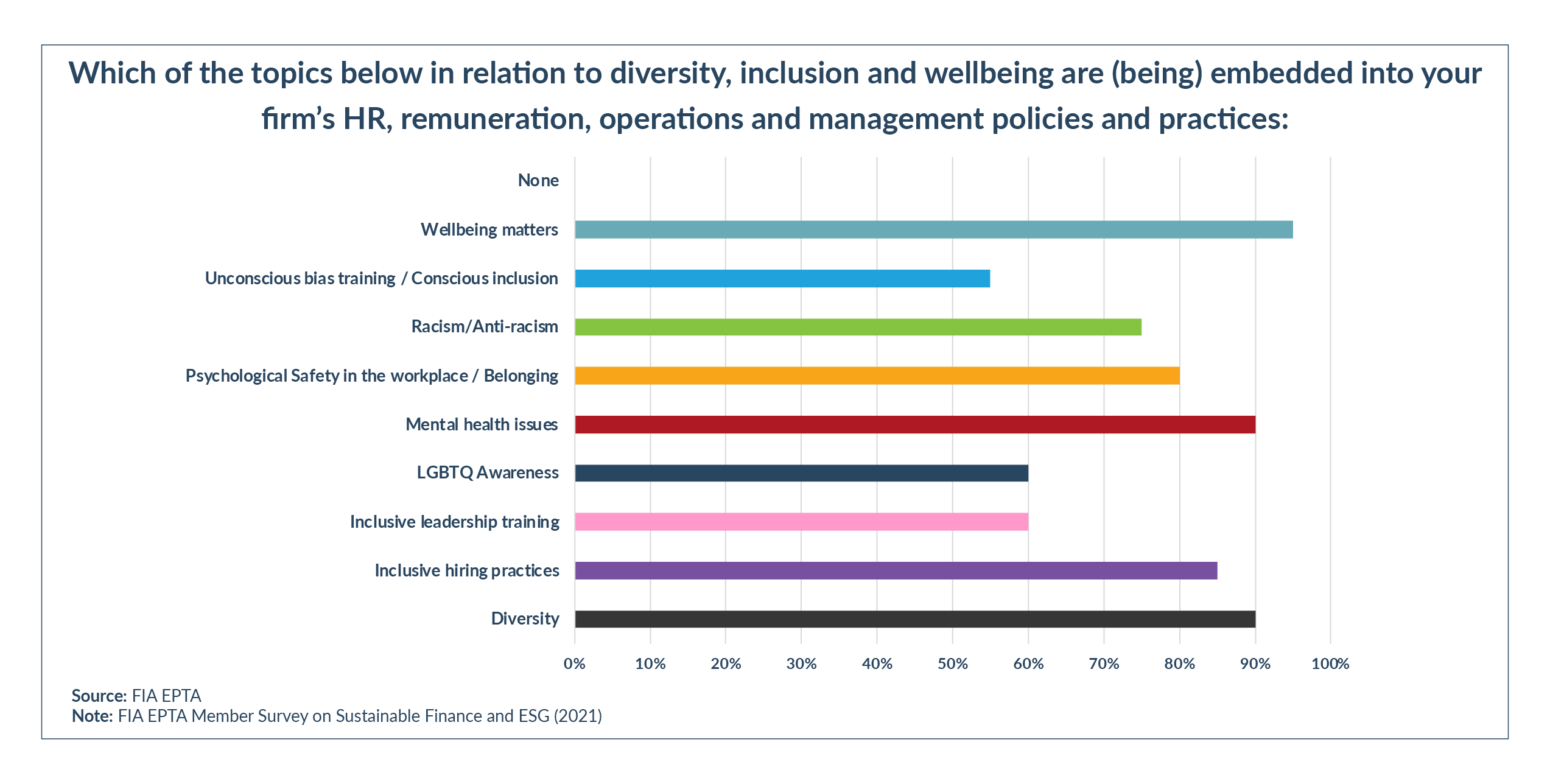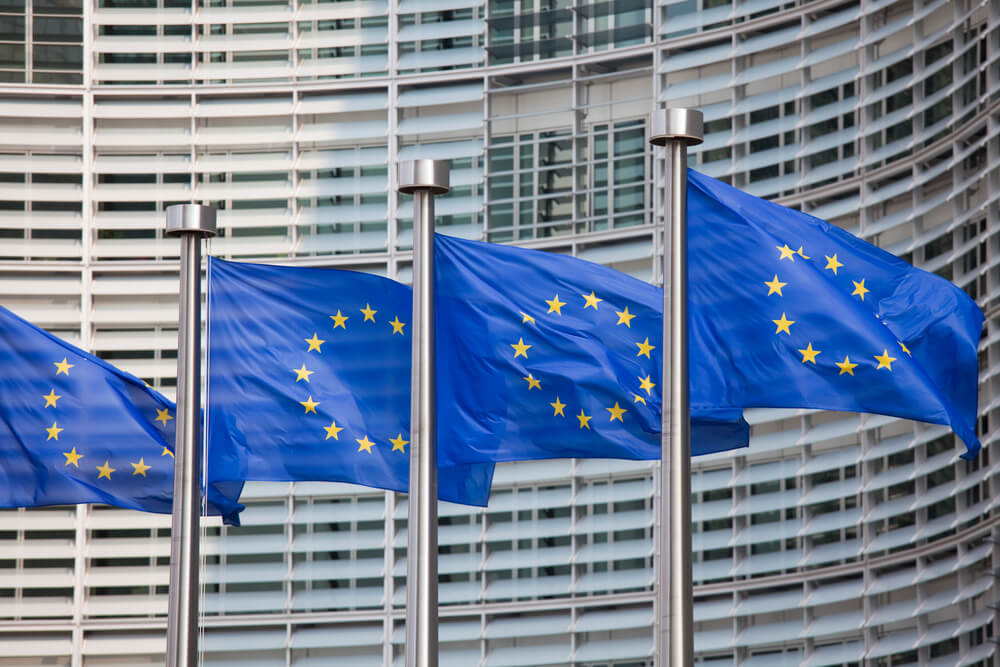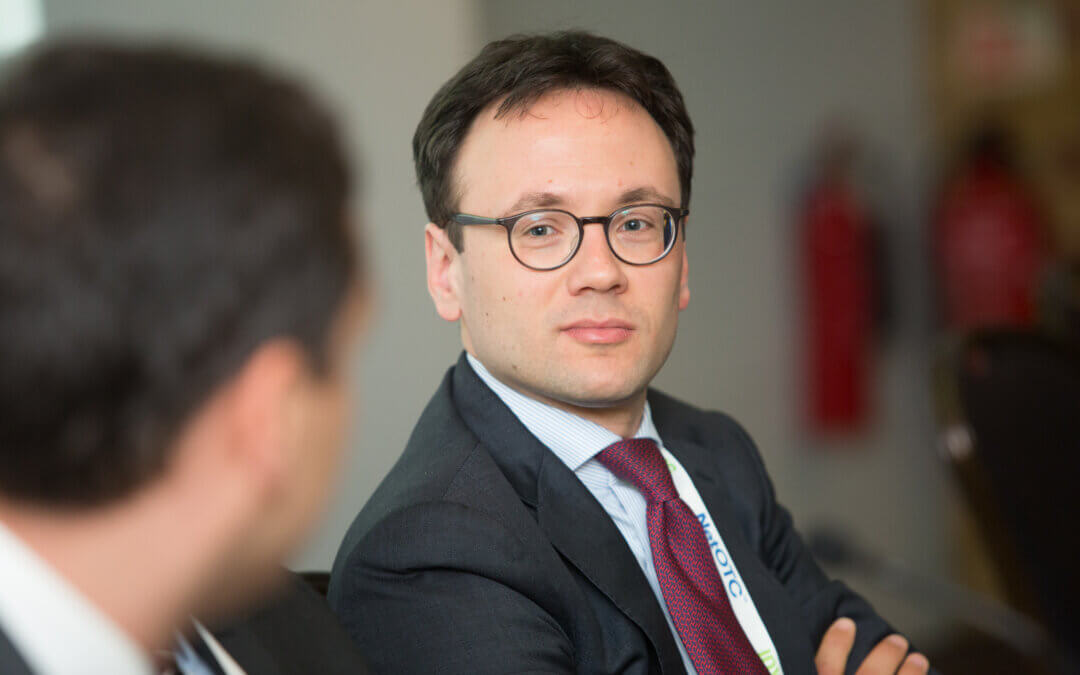Newly launched initiatives by the European Commission, are bringing fresh energy to tackling the above points under the umbrella of a new CMU Package. European market makers strongly support these efforts, and in particular those that look to update the regulatory rulebook for the trading markets (the so-called MiFIR Review), as critical to achieving more efficient markets to support economic growth .
European market makers see three key areas where ambitious policy action is required to ensure European capital markets can make a greater contribution to the EU economy. These are:
1. Building a truly integrated EU single market for financial instruments – for which a properly designed and executed pan-European Consolidated Tape is critical. Europe needs a utility-type single price ticker that offers real-time, post-trade price information enabling end-investors to have a full and democratised overview of European trading markets.
FIA EPTA will continue to advocate for real-time post trade Consolidated Tape that that is equally comprehensive across equities, ETF, bond and derivatives markets.
2. To improve data quality and transparency in European equities, bonds and derivatives markets. This will help end investors to make better informed trading decisions as the price formation process is improved and search costs are lowered. Nowhere is this more needed than for post-trade data in the EU bonds market.
We welcome the European Commission’s proposal to harmonise the delays by which post-trade price information is made public in the bond and derivatives markets, the so-called deferral regime – Now it’s also critical to ensure the transparency regime does not become overly complex and fragmented by applying different time deferrals. Based on market experience, we suggest a consistent 15-minute deferral as an appropriate length. Alongside, we advocate for a volume masking regime so that investors with large positions are properly protected without hampering the efficiency of the price formation process through unduly reduced transparency.
3. Strengthen investor protection standards, so that retail investors can have justified trust in their intermediaries not to be exposed to corrosive conflicts of interest or suboptimal order execution in non-competitive markets.

